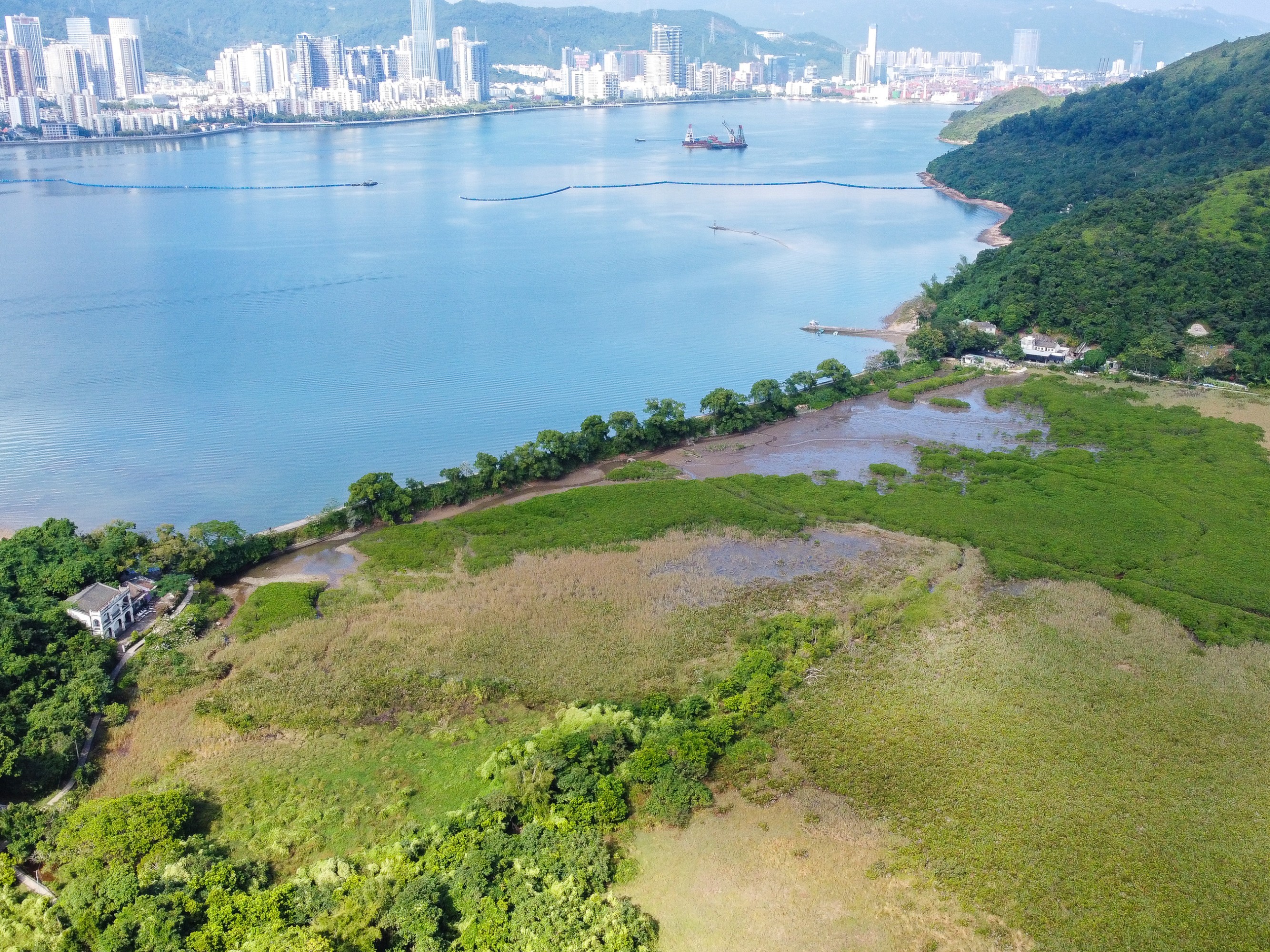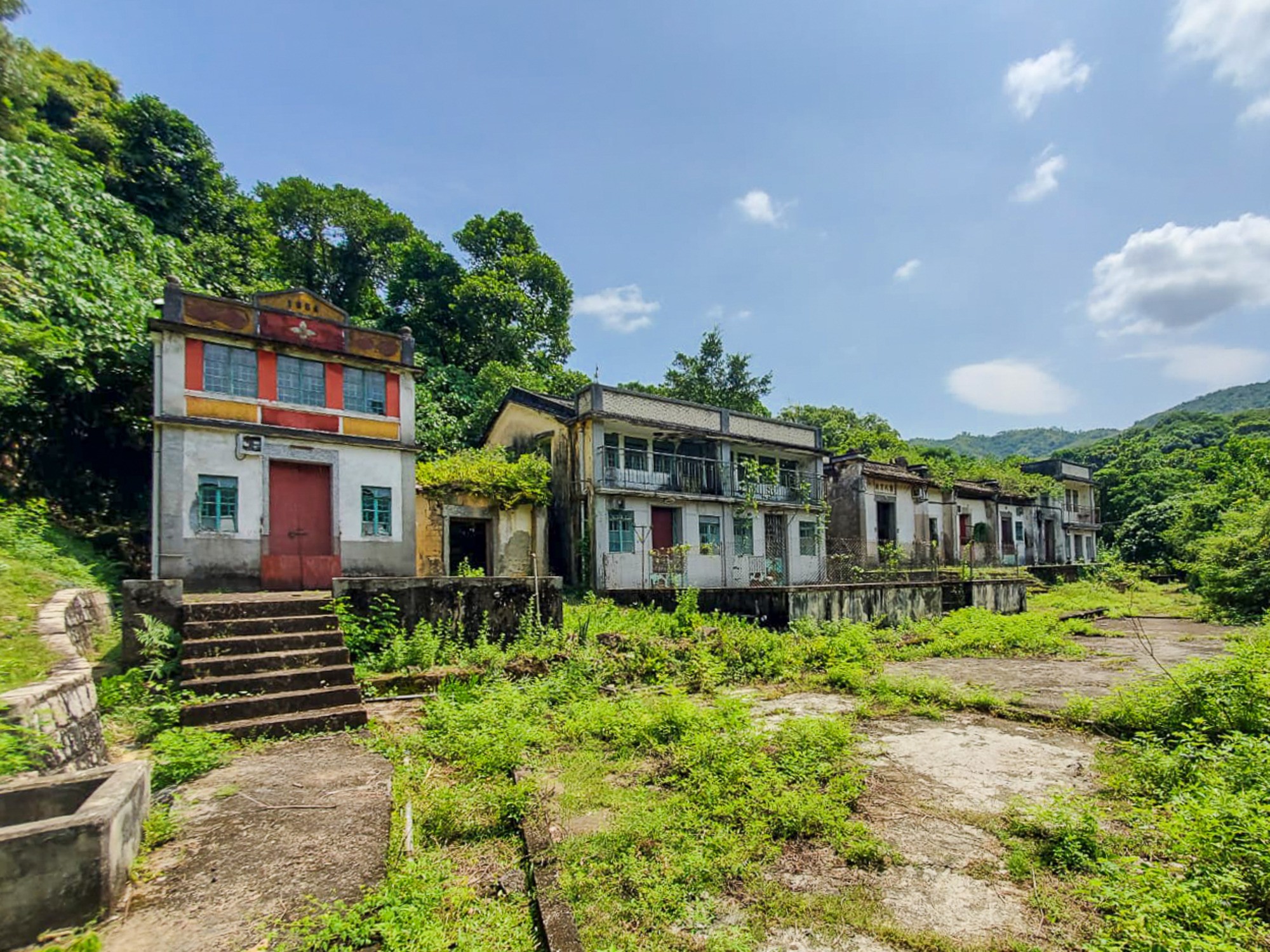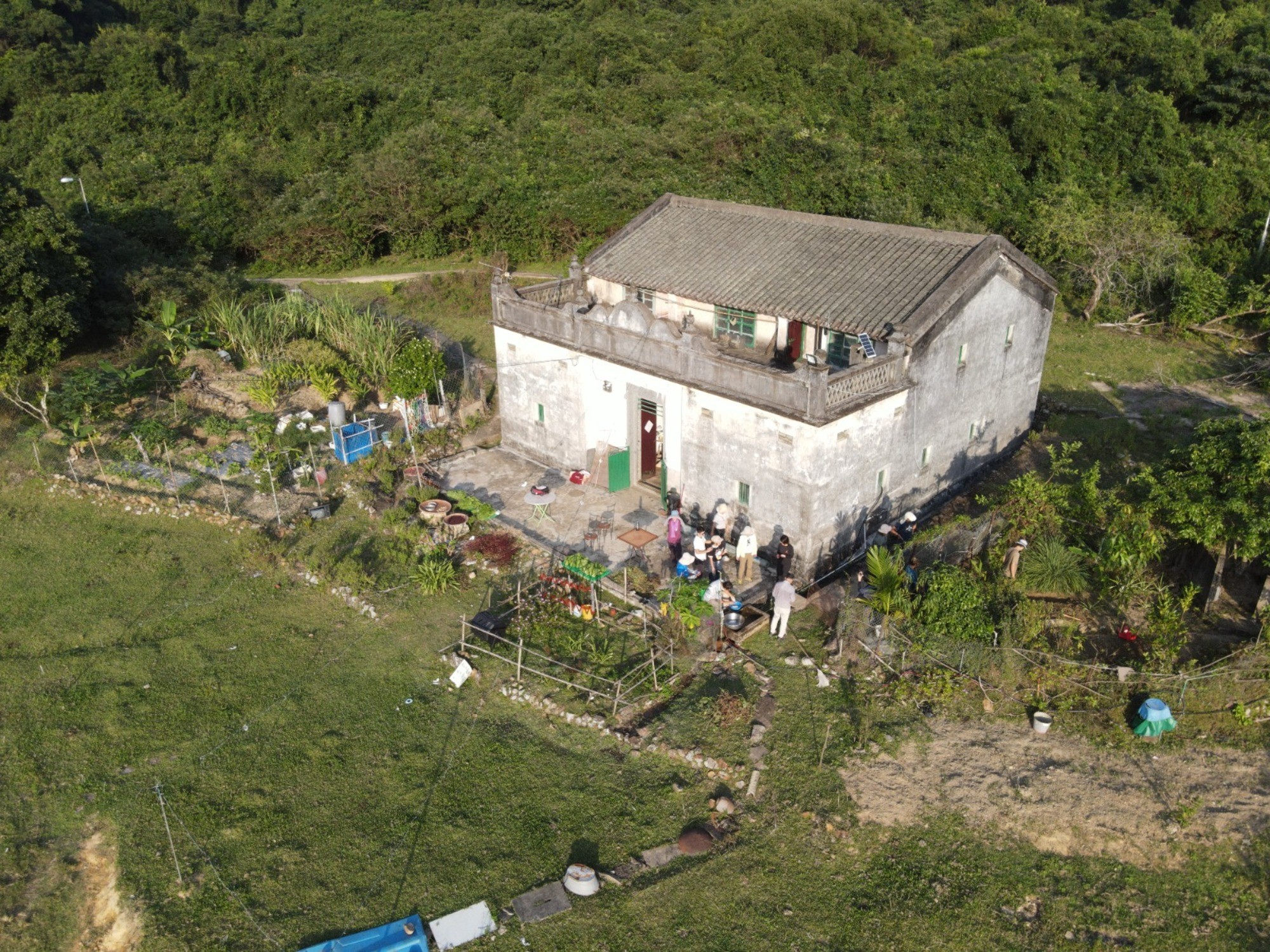


Kuk Po
Kuk Po is a Hakka village in Sha Tau Kok with nearly 400 years of history. The village offers a scenic view of Sha Tau Kok and Shenzhen's Yantian District across the border and is situated near Luk Keng, Fung Hang, and Lai Chi Wo, which is also known for its golden reed fields and the Kai Choi School built in the 1930s. Starting in the late Ming and early Qing dynasties, various clans migrated south from northern regions to settle in Kuk Po, dispersed across the village. By the late Qing dynasty, the population exceeded 500, making it the second-largest village in Sha Tau Kok, and a critical transport hub along the Sha Tau Kok Inner Sea and the northeastern coast of Plover Cove.
Kuk Po is rich in natural ecological resources, featuring a unique brackish wetland. In the past, villagers leveraged its coastal geography and natural resources, reclaiming land for farming, building dams along the shore for fish and shrimp farming, and sustaining livelihoods through rice cultivation and fishing. The area hosts diverse natural habitats, including feng shui woodlands, reed fields, mangroves, intertidal water ponds, mudflats, and marshes as well as a natural stream with significant ecological value. These features make Kuk Po a vital habitat for birds, fish, crabs, and various insects, highlighting its ecological value.
The village's built heritage seamlessly blends with its natural surroundings, creating a unique cultural landscape. Kuk Po features the Lo Wai, a traditional Hakka walled village, the elongated San Wai, and Grade III historic buildings such as Kai Choi School, Yeung Ancestral Hall and Li Ancestral Hall in Lo Wai.
Although most Kuk Po villagers migrated due to industrialisation and rapid urban development, both local and overseas villagers remain committed to the revitalisation of Kuk Po. Since 2021, with the support of the Countryside Conservation Funding Scheme under the Countryside Conservation Office (CCO), various revitalisation projects have been launched in Kuk Po. These initiatives cover Hakka culture, architecture, and multi-disciplinary research, attracting professors, scholars, and dedicated volunteers to engage in studies and exchanges within the village. Through the collaborative efforts, scattered villagers have been brought back to Kuk Po, fostering community reunions. CCO also assisted restaurants in the village to successfully apply and obtain restaurant licence to support eco-tourism and better serve visitors.
How To Get There
1 | Minibus + Hiking |
• Take green minibus No. 56K from Fanling MTR Station to Luk Keng, then hike for about 45 minutes to Kuk Po
• Reference Route: Luk Keng → Kai Kuk Shue Ha → Fung Hang → Kuk Po
 Home
Home





